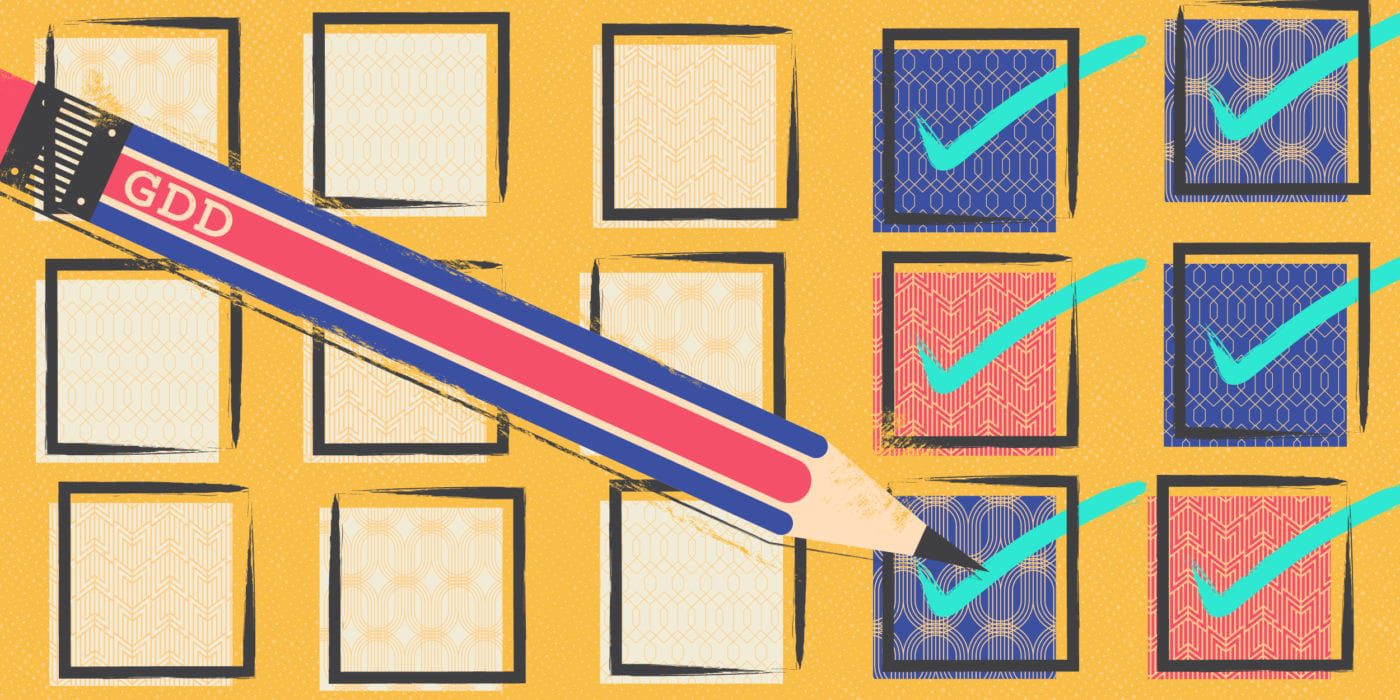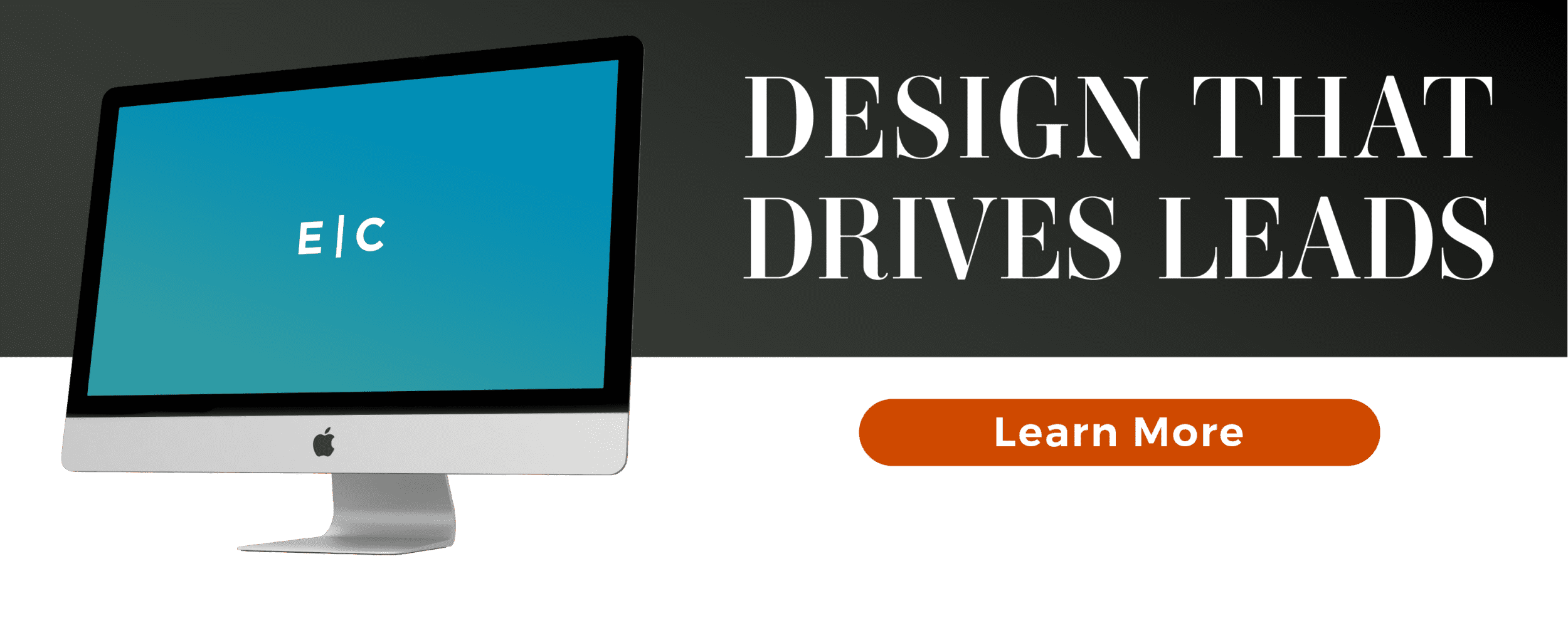The website is the foundation on which all of your online marketing efforts should be built. As such, the design of your website is very important. However, instead of building your website to completion right away, you should consider Growth Driven Design (GDD).
What Is Growth Driven Design?
GDD is a process by which user metrics are used to determine optimizations to a website. A launchpad or MVP site is created and launched within the first month and, using a mix of client and user needs, the site is created and optimized over time. This process allows a natural evolution of a website based on data instead of the traditional process of building everything, launching, and hoping it’s what users want.
Growth Drive Design allows you to use analytics to identify what the needs of your visitors are so that you can build a website that better caters to those needs. Let’s see what the difference in these two methods of building a website looks like:
Traditional Design vs Growth Driven Design
| Traditional Design | Growth Driven Design |
|
|
54% of companies say that website redesign processes can take over six months to complete.
More often than not those processes face delays and upsets that end up moving the goalpost further and further away. GDD puts the user first and allows a website to be built around the core pages, features, and resources they need to engage successfully with your business.
It looks better when a brand has a smaller, well managed website that keeps its pages, links, and information up-to-date. However, just because you’re not launching a finished website doesn’t mean that you shouldn’t create a plan for what you want the finished website to look like in the end. This is where having a Growth Drive Design wish list comes in.
Creating a Growth Driven Design Wish List
One of the reasons why a GDD tends to be more effective than a traditional website design is that you may find that certain features aren’t necessary over the course of the design process. With a traditional website design, you’re going to spend time and money implementing these features and find out that users don’t use them or like them after the site’s already launched. With a Growth Driven Design, you may realize through user behaviors on your site that features you haven’t implemented yet may not be necessary after all, thereby saving the time and money you would have wasted adding them to your site.
However, if you do decide to implement a GDD, you’ll want to create a wish list during the planning stages. A wish list includes features that you want your website to have once it’s eventually finished. A wish list acts as a road map for your design process. When sitting down with your team to create a wish list, start with a blank slate.
If you have an existing website, pretend like you don’t.
The first thing you need to do is identify what the goals of your website are. By establishing your goals (both short-term and long-term), you’ll have an easier time brainstorming features that will support those goals. The following are just a few examples of some of the features that you may add to your wish list:
- Specific pages and sections, such as an “about us” page and a contact page.
- Marketing assets, such as a blog.
- Resources for customers, such as a forum where they can engage with one another or a FAQ page.
- An e-commerce page to help increase sales.
- The ability for your site to be displayed on mobile devices.
- A chat feature that allows visitors to engage instantly with customer service representatives.
- A chatbot feature that can answer basic questions and concerns after hours.
- Certain design elements, such as the colors and format of each page and how the navigation bar is set up.
These are obviously very broad ideas, but your list should go into much more detail. Once you’re done with your wish list, it should contain anywhere from 50 to 150 items. With your goals in mind, you should go back through your list and prioritize them.
Prioritizing Your Wish List with Your User in Mind
Go back through your wish list and organize each item in terms of importance. Think about what you need to have on your website to ensure visitors have a good experience and are able to find what they need. Think about what you need to have to support your business goals. Items that meet both of these needs should be prioritized. For example, you will need to have a homepage, an about page, a contact page, and a product/service page. These features should be included in your launchpad site.
However, you don’t necessarily need to have chat bots implemented right away. If you notice after your site has gone live that you’re getting a lot of emails from visitors after hours asking basic questions, then you may want to implement a chatbot next or a FAQ page. Once your launchpad site goes live, you may end up subtracting features or adding features to your wishlist based on the data that you collect from your users. The order of your wish list may change based on this data as well.
Creating a wish list is an important part of planning a growth-driven website design. Your wish list gives you a blueprint to work off as you collect and analyze data while continually developing your website.
Don’t be afraid to test and re-test. Understand where your users needs come from and why. Your success won’t come from having 50 pages your users won’t visit. 5-10 well designed, informative, and navigable pages of your website will generate more leads. Remember the rule of seven. If you can’t deliver those strong pieces of content the first time why would they come back?
tl;dr
Too long; Didn’t read on Growth Driven Design
Growth Driven Design places the emphasis for website (re)design on the needs of the user and their experience on your website. Unlike traditional web design which builds out an entire website at once, growth-driven design focuses on a few core pages and works over the coming weeks and months to expand with demand. It’s better to have a few strong, informative pages than a full-website that your team can’t manage on their own.
Want to know more about Growth Driven Design? Check out Part 1 of our Growth Driven Design series.
-FINAL(01-00)-White&Blue-01.svg)





